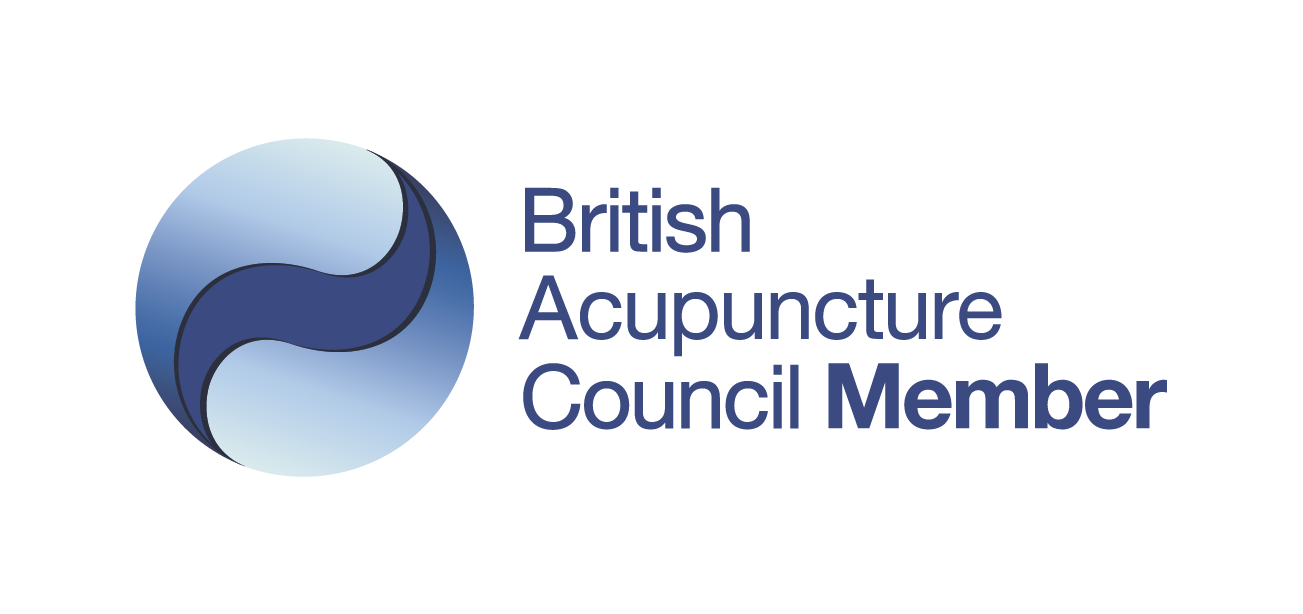what treatments we offer
Traditional ACCUPUNCTURE
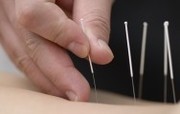
Acupuncture is the composition of a Latin words ‘acu’: needle, and ‘punctura’: puncture, referring to puncture with a needle literally. This word was coined by a Dutch physician, Willem Ten Rhyne, who observed acupuncture practice in Japan in 17th century. Since evidences of acupuncture was practiced in various parts of the world have been discovered the origin of acupuncture is a controversial debate. However, traditional acupuncture differs with its holistic philosophy and practice from modern western acupuncture such as ‘western medical acupuncture’, ‘dry needle acupuncture’, ‘trigger points acupuncture’ and ‘battle acupuncture’.
The procedure involves insertion of sterilised very fine needles into appropriate acupuncture points in the body according to the acupuncture prescription following the diagnostic differentiation and treatment plan that is individually tailored based on the TOM principals. It works through stimulating the meridians to move obstruction, promote circulation, reduce access and nourish insufficiency.
The procedure involves insertion of sterilised very fine needles into appropriate acupuncture points in the body according to the acupuncture prescription following the diagnostic differentiation and treatment plan that is individually tailored based on the TOM principals. It works through stimulating the meridians to move obstruction, promote circulation, reduce access and nourish insufficiency.
herb medicine therapy
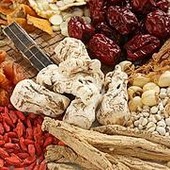
TCM values and holds that each individual herb has its own unique taste, smell, what meridians it enters in the body, functions and indications. There are over 7000 herbs and hundreds formulas in the various oriental pharmacopoeias. It is individually tailored for each patient and it can be prescribed in the form of raw herbs to boil and drink as tea, pills or power. Herb medicine is seen as a kind of food supplement in the UK. However, TCM herbal medicine can be harmful, if it is practiced by a nonqualified practitioner. Only herbs are used: no mineral, animal or endangered herbs are permitted.
moxibustion therapy

This therapy has been practiced throughout orients for thousands years as a distinctive part of TCM for treating and preventing ailments by applying moxa (dried mugwort: Artemisia argyi). It involves the burning of dried mugwort externally, indirectly, or with acupuncture needles. It warms the regions and meridian points to release and stimulate circulation in order to induce a smooth flow of blood and Qi.
cupping therapy
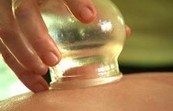
This therapy places partially vacuumed glass cups on the skin along the meridians of the body, creating suction and believed to stimulate the flow of energy. It is particularly effective on the area where energy circulation is believed to be stagnated. It helps to promote circulation, lymphatic drainage, relaxation and to draw out toxins.
guasha therapy
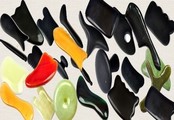
Guasha is an external therapy. Using guashs tools, it involves with the skin manipulating technics such as scraping, rubbing, twisting, pricking, squeezing, grasping, and pinching to produce reddish elevated patches of bruises on an area of the skin. The aim is to stimulate and improve the flow of Qi, blood circulation, balance Yin and Yang, drain stagnant toxins, clear heat and refresh the mind through the affected area of the skin.
diet and nutrition therapy
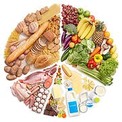
Just like medical herbs, each food is also regarded with its specific properties, characteristics and energetics in traditional Chinese medicine. Therefore, the food we consume creates the very foundation of our body and makes the fundamental impact on out wellbeing and the balance in the body. Hence, as part of a full treatment, we offer an advice and recommendation on what food is more appropriate for a certain condition, how to cook it and how to consume.
All Private Insurance Accepted
